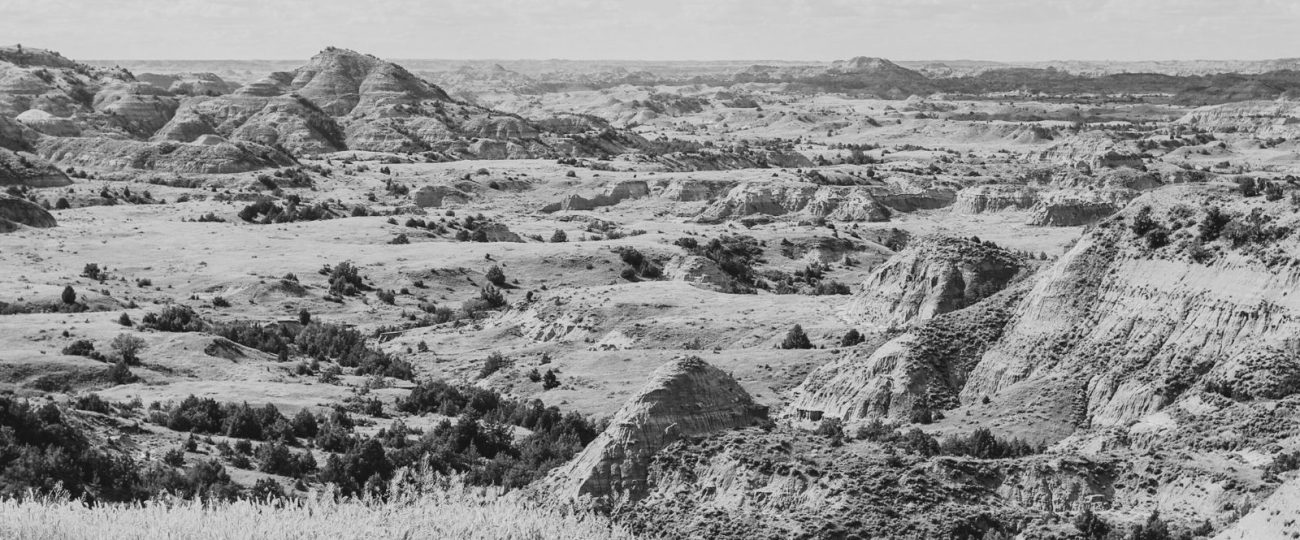What Happened On November 5th?
On November 5, 1862, the largest military tribunal in U.S. history concluded, sentencing 303 Dakota men to death for their roles in the Dakota War of 1862. These trials, held swiftly after the conflict, often lasted only minutes. Many Dakota defendants received their sentences without legal representation or interpreters, leaving them unaware of the charges against them. Most of these men faced death for simply being present in the conflict, not for individual acts of violence.
The trials took place at Camp Release, where hundreds of Dakota prisoners had been held after the war. Settlers, furious over attacks on their homes, demanded swift justice. Military officials, eager to appease the settlers, rushed through the legal process, offering little chance for the accused to defend themselves. Some were convicted merely based on association, as no distinction was made between active fighters and those who had not engaged in violence. The trials served as a collective punishment, driven by a desire for vengeance.
The Dakota War began in August 1862, rooted in years of mistreatment and broken promises. By the early 1860s, the Dakota were confined to a small reservation, their livelihoods entirely dependent on the U.S. government. Promised annuity payments and supplies often arrived late or not at all. Corrupt traders took advantage of the Dakota, withholding essential food supplies until the Dakota agreed to pay exorbitant prices. These abuses, coupled with increasing pressure from settlers encroaching on their land, pushed the Dakota to the brink.
Tensions finally erupted when a group of Dakota men, desperate and starving, attacked settlers near Acton, Minnesota. Although the initial skirmish began as an act of frustration, it quickly escalated into a full-scale war as Dakota warriors sought to reclaim their lands. For six weeks, Dakota forces launched attacks on settlements along the Minnesota River, targeting both civilians and soldiers. Despite their initial successes, the Dakota were ultimately defeated by U.S. forces and local militias by late September 1862.
After the defeat, U.S. forces captured hundreds of Dakota, including non-combatants. The military placed the Dakota prisoners into camps, where conditions quickly deteriorated due to overcrowding, poor sanitation, and a lack of adequate food. The men who stood trial were overwhelmingly those who had fought in the war, though some had been involved only marginally, if at all. Despite this, many were sentenced to death.
President Abraham Lincoln, learning of the large-scale death sentences, personally intervened. He received petitions from settlers in Minnesota demanding the execution of all 303 men, yet Lincoln chose to approach the matter more carefully. After reviewing the trial records, Lincoln reduced the number of executions to 39, sparing most of the men who had not been directly involved in the killing of civilians. This decision, while unpopular with many settlers, ensured that hundreds of Dakota men were saved from the gallows. Lincoln’s intervention is often cited as one of the most hands-on decisions of his presidency, though it remained controversial.
On December 26, 1862, in Mankato, Minnesota, the largest mass execution in U.S. history took place. Thirty-eight Dakota men were hanged, drawing a massive crowd of onlookers. Before the execution, the Dakota men sang traditional songs, showing remarkable composure in their final moments. The condemned were all hanged simultaneously, using a scaffold designed to carry out the execution efficiently. One man, Chaska, was spared at the last minute after authorities realized he had been wrongly convicted.
Following the executions, the U.S. government continued its harsh treatment of the Dakota. In 1863, Congress passed legislation formally expelling the Dakota from Minnesota, voiding all previous treaties with them. The Dakota’s remaining lands were confiscated, and the government forcibly relocated surviving Dakota families to reservations in South Dakota and Nebraska. Many of those forced to leave died from starvation, exposure, and disease during the journey. Even after arriving at the reservations, the Dakota faced ongoing hardships, as they struggled to adapt to the barren, unfamiliar land.
Reverend Henry Whipple, an outspoken advocate for Native American rights, helped to convince Lincoln to show mercy. Whipple had long warned the government that the continued mistreatment and broken promises toward the Dakota would lead to conflict. After the war, he lobbied tirelessly for fair treatment, reminding Lincoln that the Dakota were victims of a corrupt system that had left them with few choices. Though his efforts could not prevent the mass execution, Whipple’s advocacy ensured that many Dakota lives were spared.
The traders and government agents who contributed to the Dakota’s suffering were never held accountable for their role in exacerbating tensions. These individuals, responsible for withholding food and supplies, profited at the expense of the Dakota people. During the trials, their actions went unmentioned, even though they played a direct part in creating the conditions that led to the conflict. Instead, they continued to push for severe punishment against the Dakota, further distorting the narrative of the war.
Little Crow, the Dakota leader, had opposed going to war at first but saw no other path for his people. He led the Dakota into battle, knowing the risks they faced. After the conflict, Little Crow fled to Canada but eventually returned to Minnesota. In 1863, while gathering food, a settler shot and killed him. The settler’s family took his scalp as a trophy and displayed it for years—a reflection of the deep hatred that remained even after the war’s end.
While many settlers in Minnesota called for harsh punishment, not all supported the executions. A few recognized that the Dakota had been pushed to the brink by a broken system, one that had consistently failed to honor its promises. These settlers, though in the minority, argued that the government should focus on addressing its own failures rather than executing the Dakota. Their voices, however, were drowned out by the broader calls for retribution.





